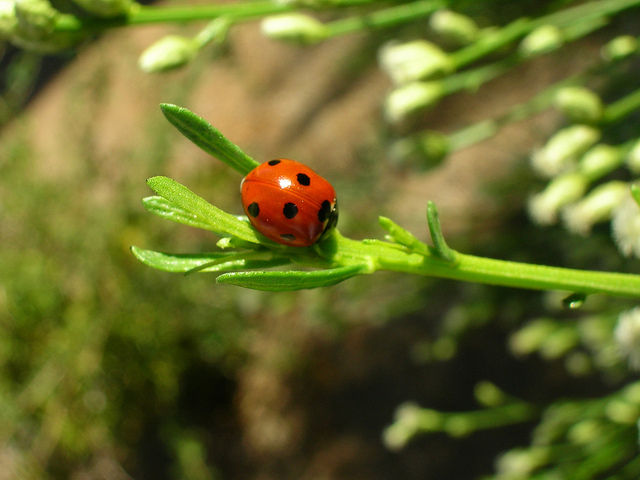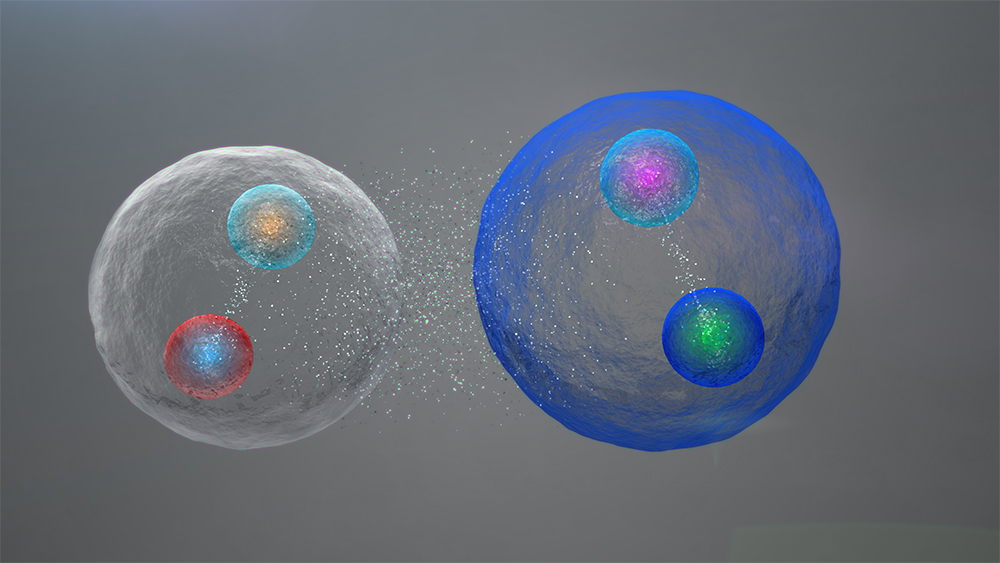But still this beetle is called a Ladybug !! Isn’t that weird? Do you know how ladybug got its name? It is a riveting story. This beetle is native of Europe. Once when pests began eating the crops of farmers in Europe, they prayed to Mother Mary. After a few days, they saw these colorful spotted insects in their farms that wiped out the pests by feeding on them and saved their crops. The farmers named this pretty tiny creature “beetle of our lady.” which eventually became “lady beetle” and “ladybug.”
Ladybug has an oval, dome-shaped body with six legs. Most popular ones are the red or orange ones with seven-spots, three spots equally divided on each side and one in the center. They have a black head with white patches on both sides. Some species have stripes instead of spots or no markings at all. Their favorite snack include aphids and other plant-eating pests. You would not believe if I said one ladybug eats up to 5,000 insects in its lifetime!
But ladybugs have predators too. Snakes, frogs, rats love to snack on them. Ladybugs colorful body warns predators of their fowl taste. When threatened, the bugs secrete an oily, foul-tasting fluid from joints in their legs.
Gorgeous and graceful ladybugs are harmless to humans and much loved by them. In many countries, Russia, Turkey, and Italy ladybug sightings are considered lucky.
Its scientific name Coccinelid is derived from the Latin word coccineus meaning scarlet.
Ladybug has been part of many children’s rhymes, books and movies. Guess which book is this taken from.
“What’s happening?”cried James, leaping out of the hammock.”what’s going on?”
The Ladybird, who was obviously a kind and gentle creature came over and stood beside him. “In case you don’t know it,” she said,”We are about to depart for ever from the top of this ghastly hill that we’ve all been living on for so long. We are about to roll away inside this great big beautiful peach to a land of….of…of…to a land of…”
James and the Giant Peach!!
References
“James and the Giant Peach – colegioamericano – home.” <http://colegioamericano.wikispaces.com/file/view/Book+James+and+the+Giant+Peach.doc>.





Leave a Reply